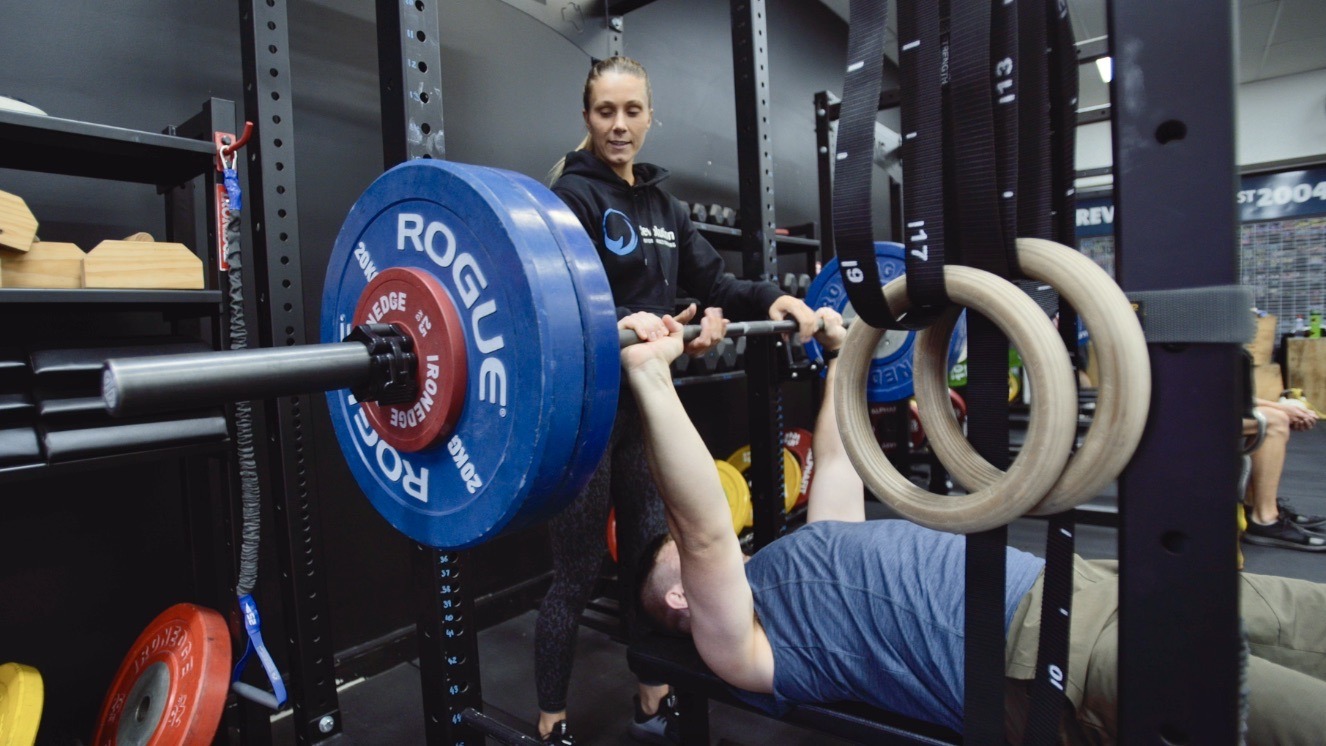
Building Strong Bones: Strength Training for Women to Improve Bone Density and Prevent Osteoporosis
Osteoporosis, a condition characterised by weakened bones, affects millions of women worldwide. While factors such as age and genetics contribute to its development, adopting a proactive approach to bone health is essential. Strength training, often overlooked by women, can be a powerful tool in promoting bone density and preventing osteoporosis. In this article, we’ll explore the benefits of strength training for women and provide practical tips to incorporate it into your fitness routine.
Understanding Osteoporosis and Osteopenia: Osteoporosis is a degenerative bone disease that weakens the structure and density of bones, making them more prone to fractures. Women, especially those past menopause, are at a higher risk due to hormonal changes that affect bone remodelling. While diet and supplementation play a crucial role, engaging in weight-bearing exercises is equally vital. Among these exercises, strength training stands out for its ability to promote bone formation and improve bone mineral density.
The Power of Strength Training: Strength training, also known as resistance training or weightlifting, involves exercises that target specific muscle groups. This type of training places stress on the bones, triggering the body’s natural response to rebuild and reinforce them. Regular strength training stimulates osteoblasts, cells responsible for bone formation, resulting in increased bone density over time. Moreover, it helps maintain muscle mass, balance, and coordination, reducing the risk of falls and fractures, which are particularly important for women with osteoporosis.
Designing a Strength Training Program: Before starting a strength training program, it’s crucial to consult with a healthcare professional or a certified trainer to ensure it suits your individual needs. A well-rounded program should include exercises that target major muscle groups, such as squats, lunges, deadlifts, push-ups, and rows. Begin with lighter weights or resistance bands and gradually increase the load as you become more comfortable and confident. Aim for two to three sessions per week, allowing for adequate rest and recovery between sessions. Incorporating cardiovascular exercise and flexibility training alongside strength training will further enhance overall bone health and fitness.
Safety First: To prevent injury, it’s essential to prioritise safety during strength training sessions. Maintain proper form and technique for each exercise, focusing on controlled movements rather than excessive weight. Start with a proper warm-up to increase blood flow and flexibility, and cool down afterward to prevent muscle soreness. Don’t forget to breathe during exercises and listen to your body’s signals. If you experience pain or discomfort, modify the exercise or consult a professional for guidance.
Strength training is a valuable tool in the battle against osteoporosis and maintaining healthy bones. By engaging in regular weight-bearing exercises, women can enhance bone density, reduce the risk of fractures, and improve overall well-being. Remember to consult with professionals, design a tailored program, and prioritise safety. Together with a balanced diet and other lifestyle factors, strength training can be a cornerstone in building strong, resilient bones, empowering women to embrace an active and fulfilling life.